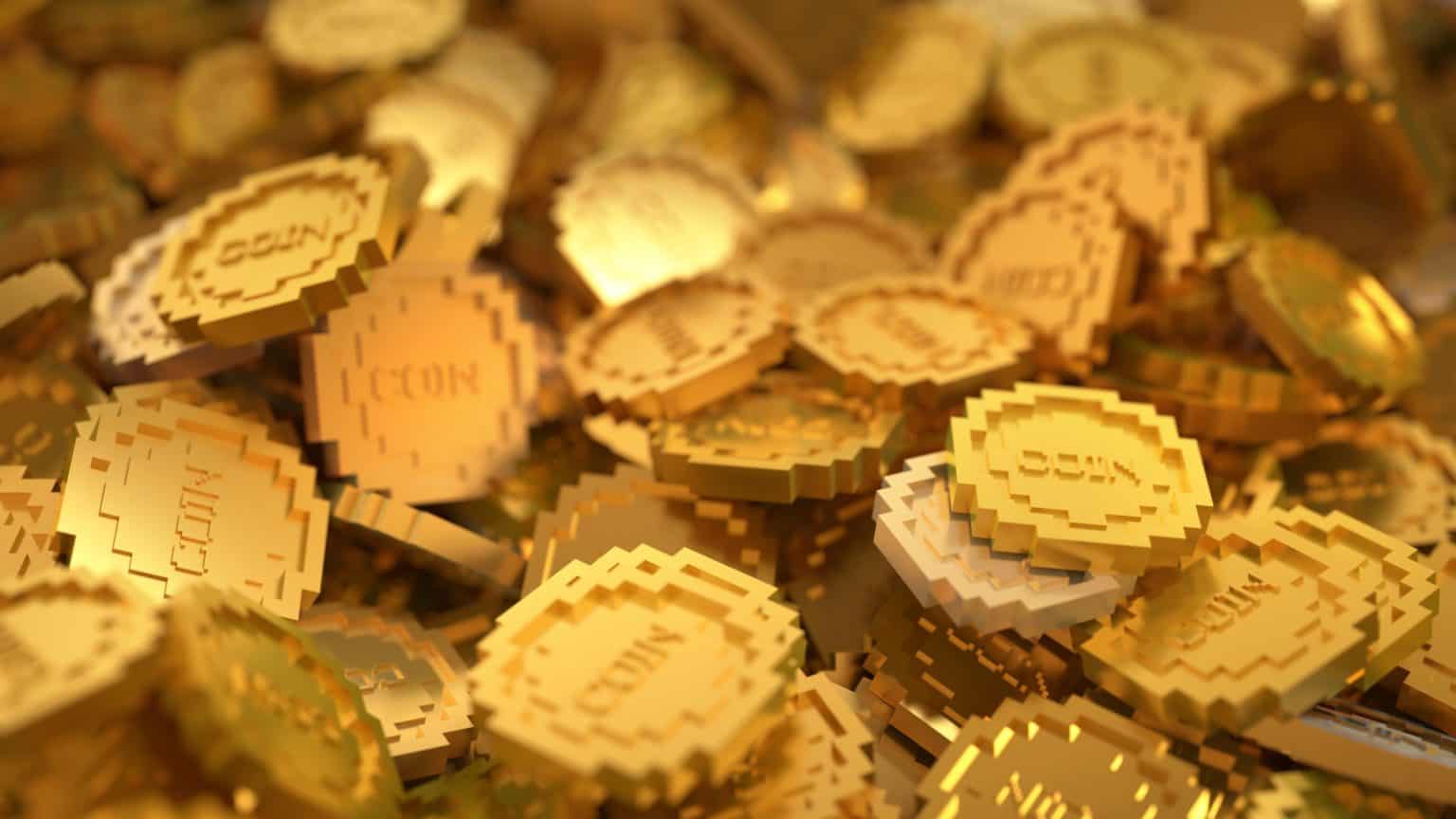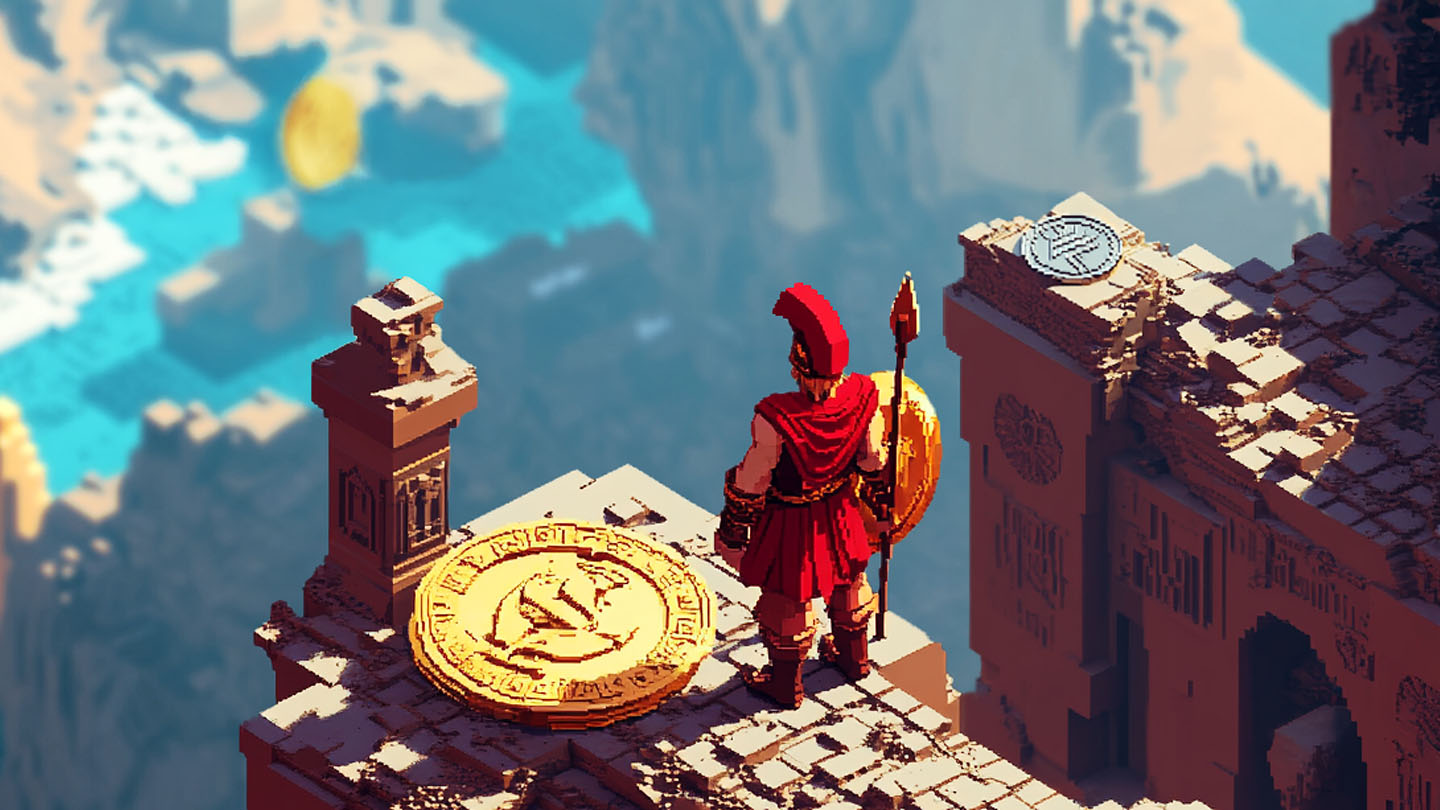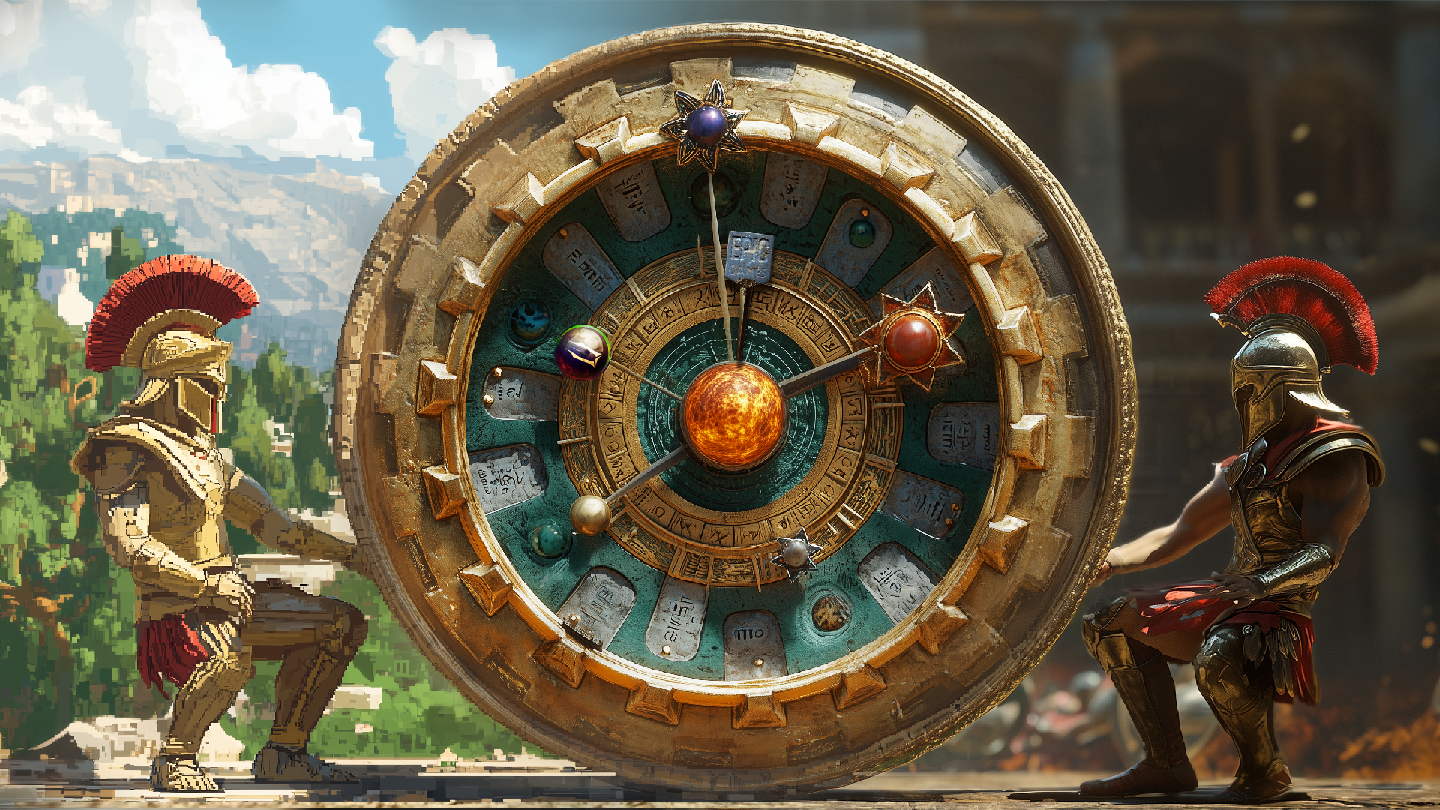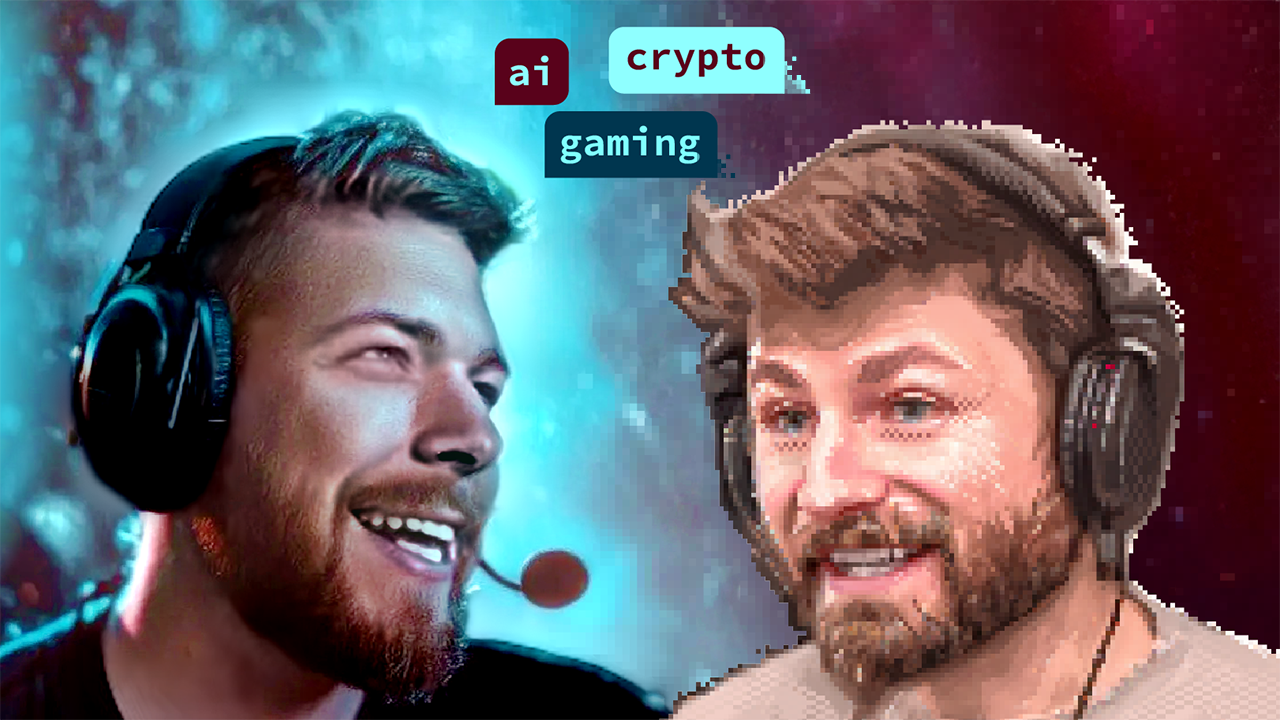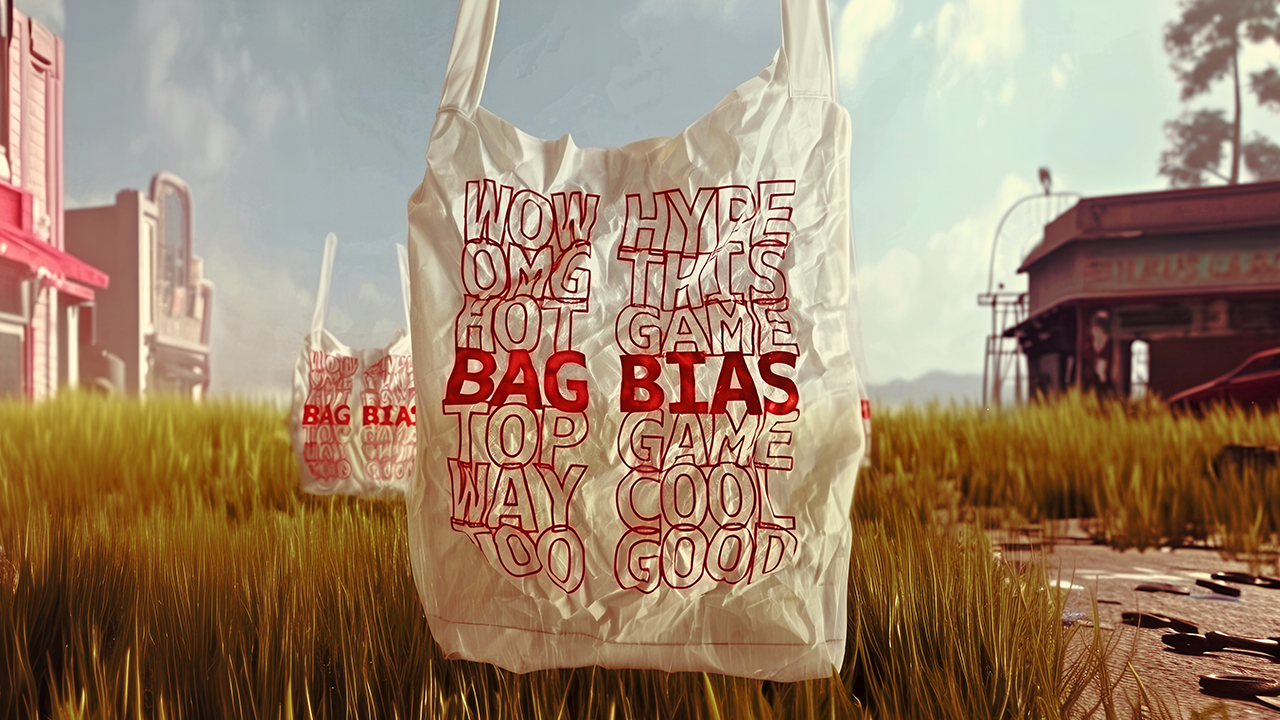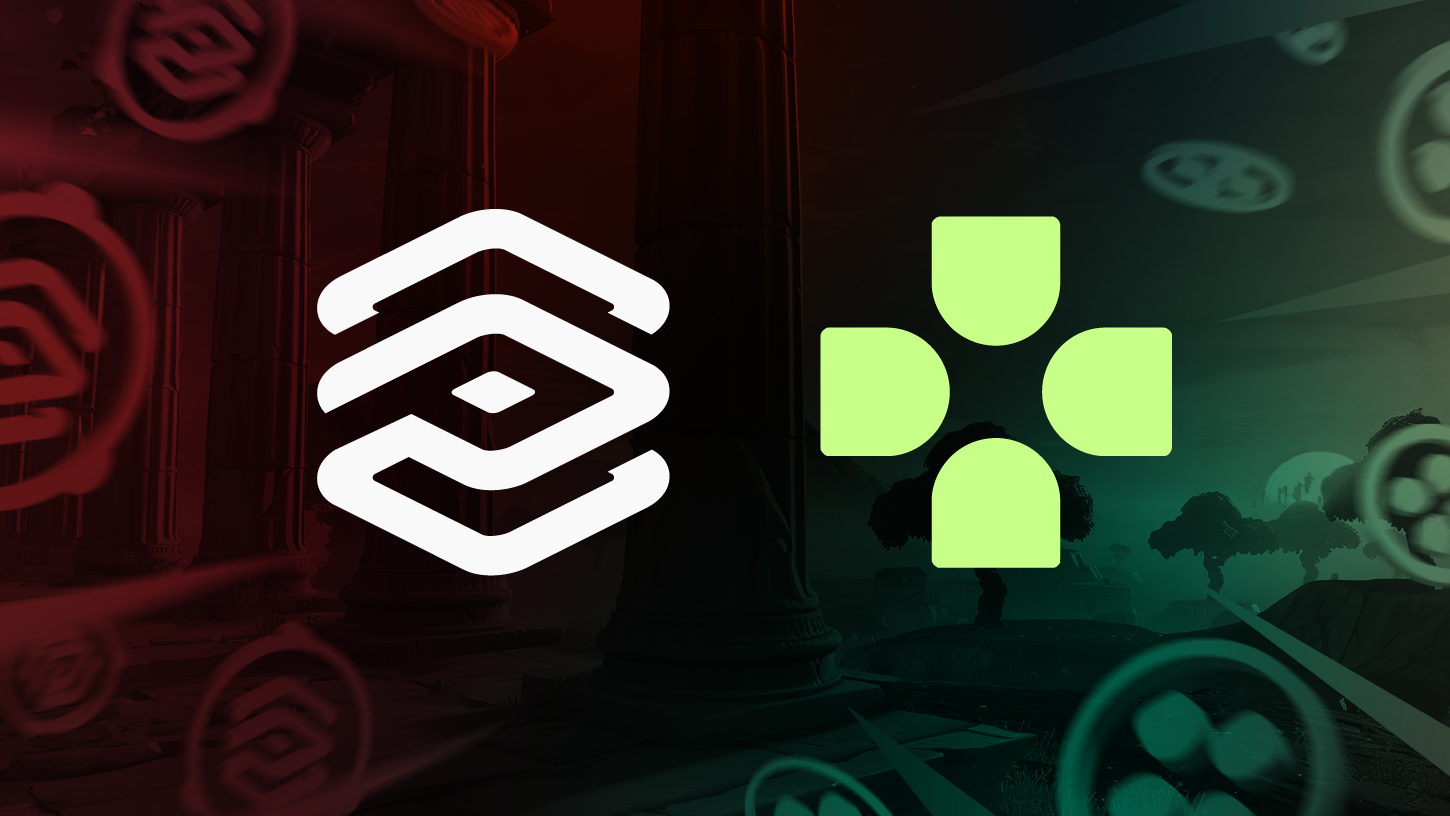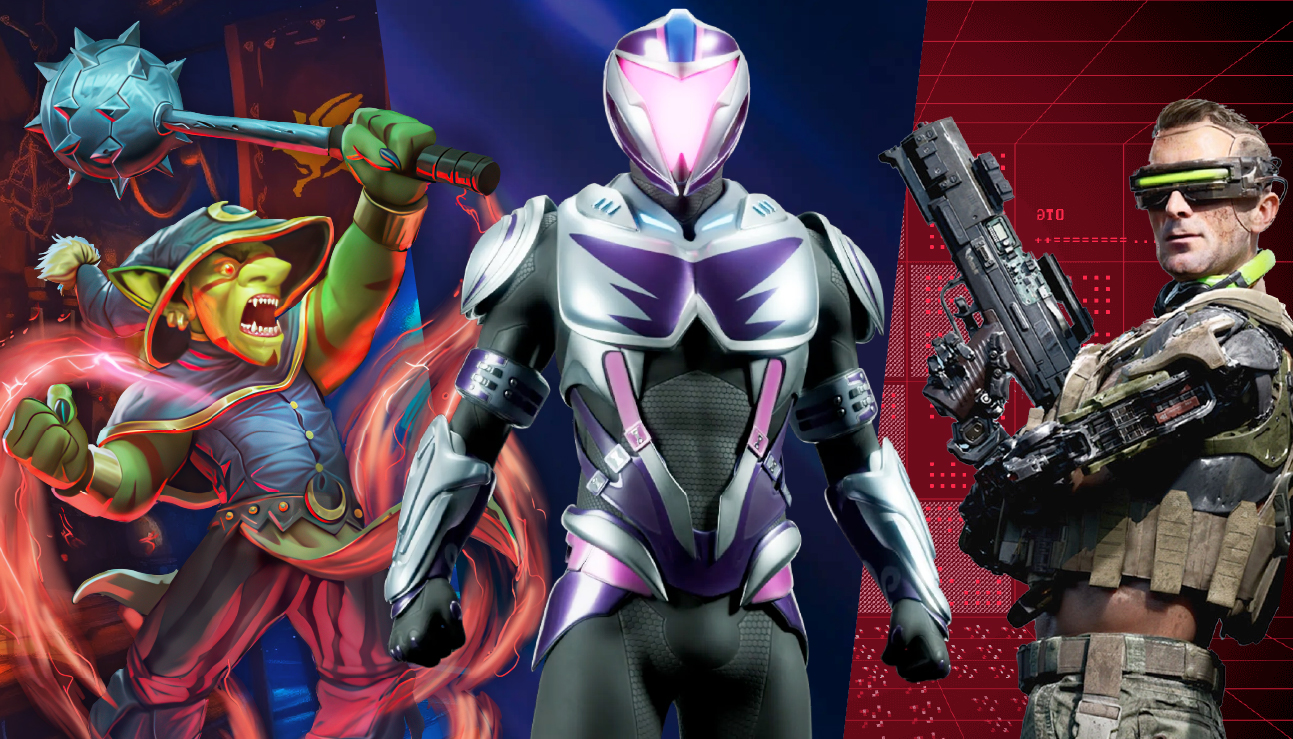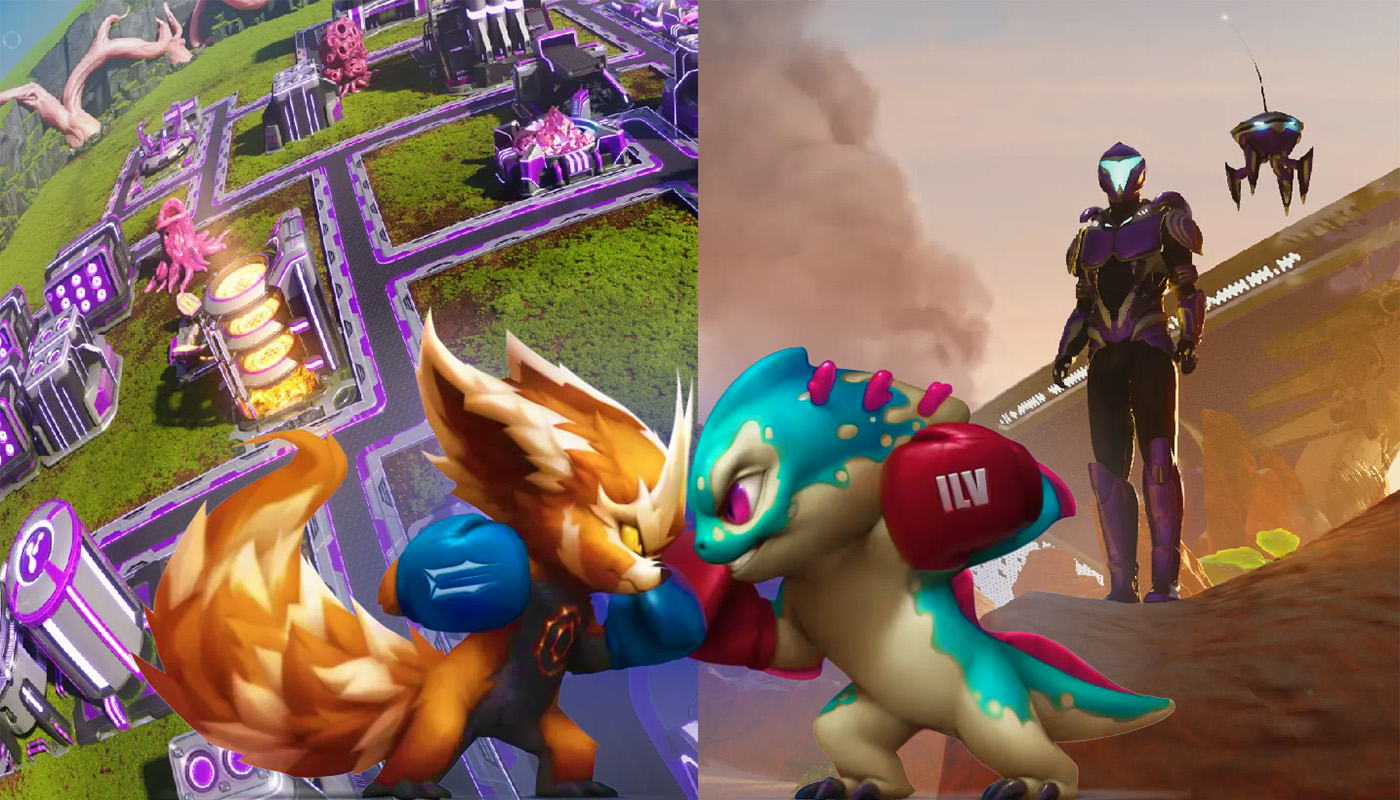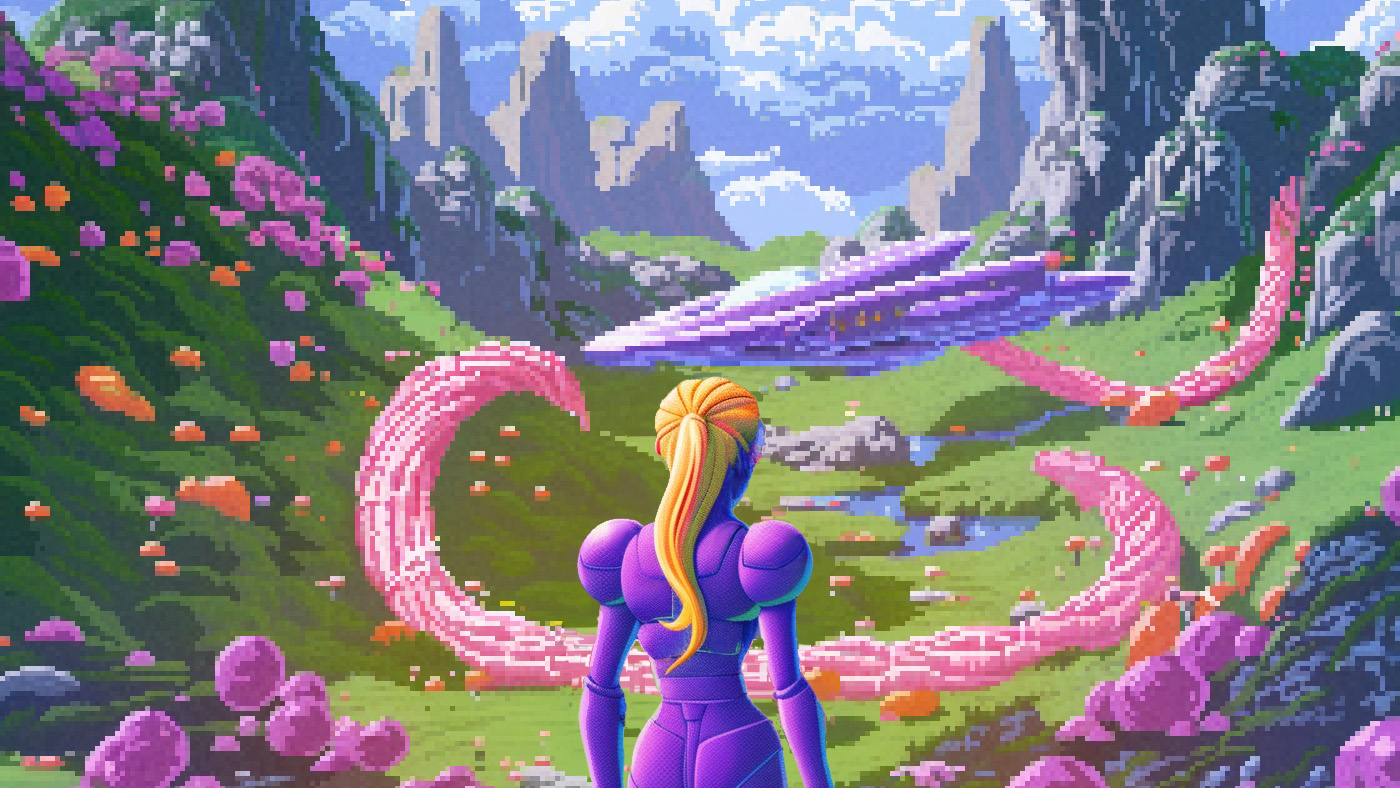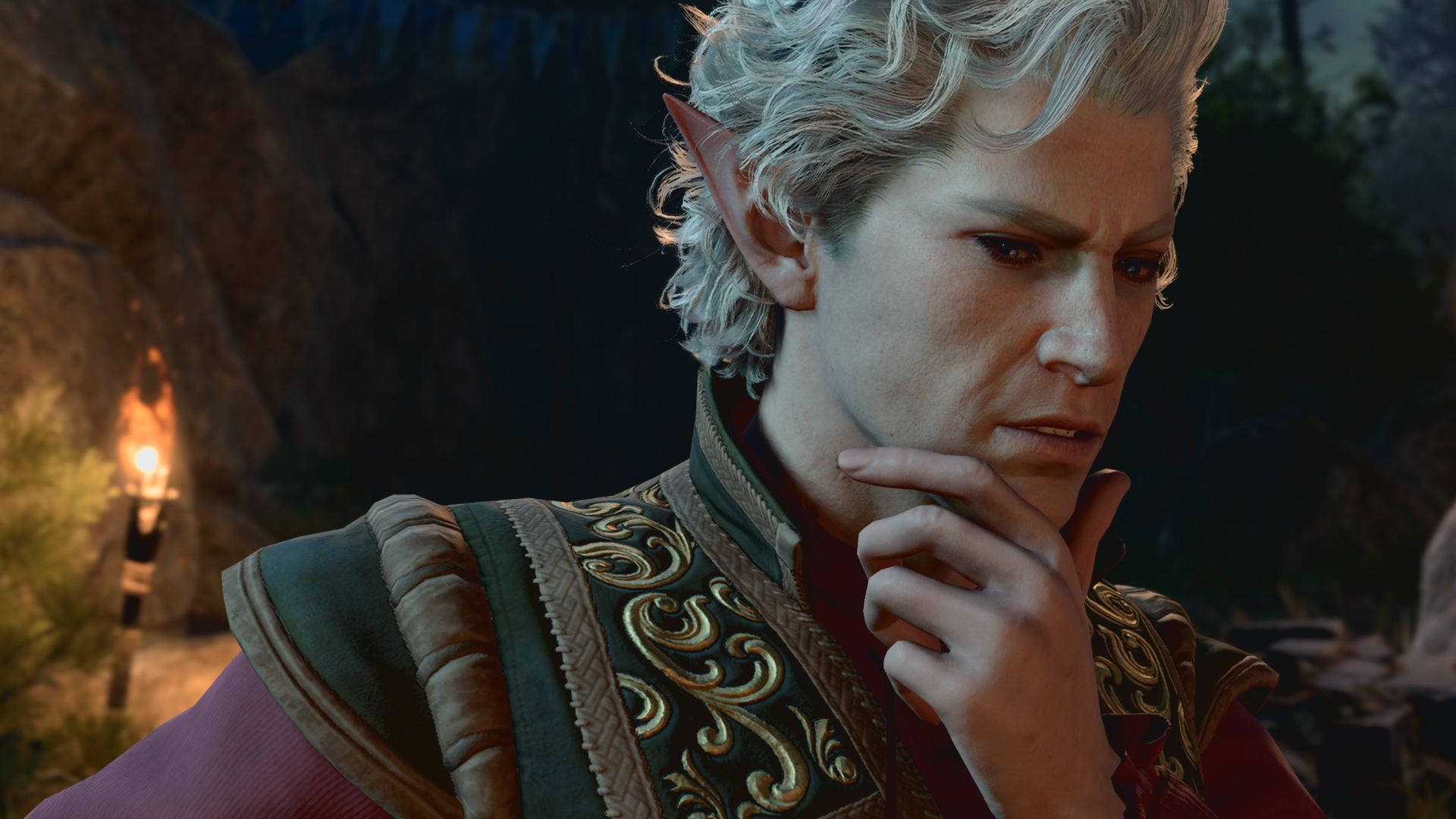rypto is known for its investment narratives that seem to come and go in “seasons”. DeFi. NFTs, metaverse, Web3.
GameFi meanwhile encompasses all of these things, and plenty of industry participants believe it’s due a particularly long season of its own.
Then again, Stockhead‘s been eyeing off a GameFi season since at least August last year. Perhaps we’ve already been in one, only paused by a mid-cycle bear market…
Including perceptions from industry experts, such as Fancy Games‘ Mike Merritt, CGU‘s Sergei Sergienko and Illuvium‘s Kieran Warwick, we’re taking a low-flying, flappy bird’s eye view of this sector to learn why it keeps attracting the big VC bucks.
If you like what you’re reading, stay tuned – tomorrow we’ll bring you our top 10 list of the most promising (and potentially lucrative) P2E projects coming your way very soon this year.
Let’s press start… but not before we get an industry-standard caveat out of the way first – absolutely none of this is financial advice.
WHAT IS GAMEFI AND P2E ANYWAY?
Simply put, GameFi is the merging of gaming and finance. But more specifically, it’s the merge of video games and decentralised finance (DeFi), which is championed by the crypto/Web3 industry.
The coining (if you’ll excuse the pun) of the term itself has been attributed to noted DeFi developer Andre Cronje, the founder of yield-optimisation platform yearn.finance.
Cronje first used the word in a September 2020 tweet, and it’s worked its way into the crypto vernacular ever since, describing gaming projects that are building in financial-earning elements enabled by blockchain technology.
Gaming applications being developed on the decentralised networks facilitated by blockchain allow this new breed of gamers to take advantage of a range of alternative financial options, and GameFi is an umbrella term for these options.
Depending on how each game’s economy is set up, these options might include a combination of some, or all, of the following:
• in-game currency rewards
• staking
• yield farming
• NFT-based asset ownership (eg. items, characters, buildings, land)
Most games in this broad category require players to utilise a combination of skill and strategy to generate rewards and yield, with, yes, a little luck thrown in.
Play-to-earn gaming, meanwhile, or P2E, could be considered more or less the same thing as GameFi, although it might be said it’s a less encompassing term that more simply embodies the concept of playing games to receive real-world value.
CUT TO THE CHASE – HOW MUCH CAN YOU EARN PLAYING GAMES?
More on the mechanics in a bit; let’s get the real reason most of you are here out of the way early.
There are so many different ways to make financial gains within GameFi, and so many different games with different economic models now, not to mention token prices fluctuating heavily, that it’s hard to pin down precise numbers on potential returns.
To provide some sort of answer to that, though, let’s first take a look at one of the pioneers of this genre – Axie Infinity (AXS).
This simplistic, NFT-based, turn-based monster-battling game is the creation of Vietnamese startup Sky Mavis, which has pulled in funding from heavy VC players at various times, including US billionaire Mark Cuban, Twitch co-founder Kevin Lin, former ASX-listed company Animoca Brands and many others.
“We think Axie Infinity is delivering the crypto gaming Angry Birds moment and [is] showing at scale how to play, to earn. [It] can really help developing countries,” Animoca founder Yat Siu told Stockhead in an email last year.
As has been well documented, the game became a phenomenon in 2021, particularly surging in popularity in some Southeast Asian countries.
Grinding away eight or nine hours a day on Axie was translating to an estimated US$30-$50 per day for the dedicated, depending on the quality of their Axies (the monster NFTs required to play the game).
That doesn’t sound like much, but in the Philippines, for example, that would be the equivalent of a very good salary. Certainly well above minimum wage.
A combination of changing market conditions, inflation of its in-game economy and probably a few other factors has, however, seen a steady decrease in the value of Smooth Love Potion (SLP) – the game’s rewards currency. The AXS governance token has also fallen in value by about 60% since peaking in November 2021 at US$164.
Sky Mavis is now reportedly aiming to “right the ship” by tackling what it perceives to be inflation of SLP. It plans to reduce the capacity to earn SLP as rewards in the game, thus bringing in more scarcity to the asset once again.
Sounding a bit like the US Federal Reserve, Sky Mavis recently wrote: “We believe that these economic changes will allow us to start righting the ship and getting the economy moving in the right direction.”
GOING TO TOWN
Another earnings example, meanwhile, was shared by crypto Youtube influencer Jake Browatzke with Business Insider last month.
Browatzke revealed that, in the first week of January, he was able to earn about 246 TOWN tokens (the currency for the Gala Games title Town Star) for roughly 30 minutes of play a day. And that translated to about US$148 at the time. (Note, at today’s token price, having come down considerably since then, it’d be more like US$50.)
He did note, however, that in order to start earning in the game an NFT needs to be purchased, which, at the time, cost anywhere “from about $50 to upwards of a few thousand dollars”. The more expensive the NFT, the more earning potential it tended to bring, noted the YouTuber.
Still… it’s not a bad return! That said, Browatzke told Business Insider he thinks it’ll become more difficult to make these sorts of returns over time (in that game at least) as the team attempts to combat token inflation, much like the current Axie scenario.
PEGAXY VS AXIE
One project that’s certainly been taking advantage of Axie’s current economic decline is Pegaxy (PGX), which is a dual-token P2E horse-racing NFT game… with futuristic pegasuses. Or is it pegasi? Actually, the game calls them “pegas”, so we’ll run/fly with that.
Gaming is a super-competitive world and P2E gaming is no different, so naturally when a new kid in town arrives with shiny new toys, it can ruffle feathers. And Pegaxy’s fans have been ruffling, lately crowing about how the game’s ROI is crushing that of Axie’s.
And, for the moment, they’re not wrong. Utilising DeFi methods, Pegaxy users have apparently been earning more than US$55 per day per “pega” they own. YouTuber “Crypto King”, for instance, owns 15 of the winged digital nags, and recently said he’s been able to pull in at least US$750 per day through Pegaxy-token-based yield farming – see video below.
Like Axie Infinity, Pegaxy is built on a dual-token model, with a governance token, PGX, and a utility/rewards token, Vigorus (VIS). The rewards token actually hit an all-time-high the other day of just above US$0.25.
One thing, though, the floor (lowest price) for pega NFTs has become pretty damn high. The cheapest one right now will set you back about US$1,300. That said, the game has a renting system, allowing flexible options for those who don’t want to blow that amount of money on actually owning a pega.
This kind of ROI is staggering stuff. Sustainable? Highly doubtful, according to Illuvium co-founder Kieran Warwick, who told Stockhead via a Telegram chat he believes some of these games have flawed tokenomics and might simply be “stealing short-term market share”.
“It’s the battle of the indie games,” he added. “Because there’s not too much else out there just yet, people hunting yield have been switching to over to Pegaxy.”
In the meantime, in between helping to build a triple-A-level blockchain game partly focused on creating a sustainable economic model (that’d be Illuvium) Warwick is grabbing the popcorn and taking in the Axie vs Pega spats on Crypto Twitter…
‘TRADITIONAL’ GAMING AND GAMEFI
Needless to say, but we’ll say it anyway… gaming is stupendously massive and is only getting bigger in terms of its popularity as a form of entertainment and in revenue-pulling capacity.
In fact, it’s become one of the biggest-grossing sectors of the entertainment industry, with a total “addressable market” reaching as high as a gargantuan US$336 billion, according to a study by gaming VC firms Bitkraft Ventures and Naavik.
With that kind of market size, and no signs of its growth curtailing (not considering “black-swan events”), there’s little wonder that venture capital funding has also been gushing into the more niche GameFi, NFT and metaverse sectors over the past 12 months.
Combined, those crypto/blockchain niches are perceived by a growing number of big investors to be the next major narrative in gaming, as well as the way we consume media and entertainment.
According to blockchaingamer.biz, an estimated US$4.6 billion has poured into crypto gaming companies and projects so far, from VCs such as Andreessen Horowitz, Paradigm, Animoca Brands and many other big hitters. This includes non-crypto native VCs such as the Japanese multinational Softbank, which invested US$93 million into the NFT gaming project The Sandbox late last year.
HOWEVER, HERE’S THE NEGATIVE VIEW…
While most, if not all, of those building within the P2E sector view the merging of GameFi into traditional gaming as an inevitability, there has been resistance, quite a lot of it actually, from elements of the traditional gaming world.
The “yeahnah” view, mostly coming from within large, tight gaming communities, seems to be based on a negative perception of NFT culture being nothing more than soulless cash grabs that would supposedly add little to, or even detract from, the gaming experiences they already love.
There is also the thought that the creation and usage of NFTs is somehow bad for the environment, because… you know, they’re crypto. And Bitcoin, which does have an energy-chewing image problem… is, well, crypto. And so an ill-informed link is quickly formed.
Granted, most NFTs are created on Ethereum, which is for the moment still powered by a Proof-of-Work (PoW) consensus mechanism – perceived as an unsustainable, electricity-hogging process.
These PoW issues have been debunked time and again, and this isn’t the article to do it, but the fact is, Ethereum is becoming a Proof-of-Stake network very soon this year, which uses the tiniest fraction of a fraction of the energy it takes to power its network currently.
Annnyyway… these negative perceptions have given companies such as Sega reason to pause when considering rolling out NFT and P2E experiments.
CEO of Sega, Haruki Satomi, reportedly said in a December management meeting that the company would consider abandoning its P2E plans if players consider it to be a money-making scheme.
According to Bitcoin.com, other traditional gaming companies, including as Ubisoft and GSC Game World have also received this kind of backlash about NFT and GameFi dabbling. That said, Ubisoft is said to be pushing ahead with its plan to incorporate an NFT-based economy in its Tom Clancy-series game, Ghost Recon: Breakpoint.
GAMEFI BENEFITS: IN-GAME ASSET OWNERSHIP
“I think gamers don’t get what a digital secondary market can bring to them,” Nicolas Pouard, VP at Ubisoft’s Strategic Innovations Lab said, when recently interviewed by the Australian financial comparisons site Finder.
“For now, because of the current situation and context of NFTs,” he continued, “gamers really believe it’s first destroying the planet, and second just a tool for speculation.
“But what we [at Ubisoft] are seeing first is the end game. The end game is about giving players the opportunity to resell their items once they’re finished with them or they’re finished playing the game itself.”
It’s this point from Pouard that is arguably the most exciting factor about GameFi structures – in-game asset ownership. From Minecraft and Fortnite skins, to World of Warcraft gold and Elder Scroll swords, in-game items have always been bought, held and traded within the centralised, walled gardens of the games themselves, thus containing no “real-world”, on-sale value whatsoever.
NFTs and decentralisation changes that structure, effectively allowing players access to a vast, open marketplace where they can freely exchange value for the items they’ve spent time acquiring in game – and thus also attributing a new sense of value to that gaming time itself.
For the first time ever, players can own what they buy, earn and even create in game. The potential is also there to move these assets cross-chain (from blockchain to blockchain) and from game to game, which plays into the idea of the metaverse and retaining value of your items wherever you roam within it.
MONETISING DIGITAL LAND
Where GameFi and “the metaverse” primarily merges is through the concept of virtual land ownership in the form of NFTs. Many, although not all, metaverse projects incorporate ownable plots of land and/or buildings, as well as various items, such as vehicles.
Metaverse projects (such as Wilder World, The Sandbox and Decentraland) also fall in the realm of P2E classification, and the lines get a bit blurred there.
Is Illuvium, for instance, a GameFi/P2E game, or a virtual world linked to the concept of a greater metaverse?
Actually, it’s all of the above.
But in terms of the land in metaverse spaces, GameFi allows owners to monetise their time spent in the game, and also potentially monetise the time others spend walking through or interacting with the owner’s land – even when the landowner is alseep.
This effectively means that landowners in the GameFi-enabled metaverse can extract value from their digital real estate in similar ways to how they might in the physical world – eg. selling it on, leasing it out, or building attractions and events on the plot to create revenue.
GAMING GUILDS – ACCELERATING ADOPTION
There’s another important part of the GameFi landscape to touch upon, and that’s the rise of gaming guilds, which is essentially a by-product of what’s known as the “scholarship” model popularised by Axie Infinity.
Scholarships is a system that developed from well-established Axie Infinity players lending out their NFT assets (which had become increasingly expensive to obtain) to other players with less capital, or to gaming communities. This would be a deal that would give the lender a cut of the revenue generated by the player or players borrowing the asset.
Guilds, such as Yield Guild Games, Merit Circle, Polemos and Crypto Gaming United, among many others, have adopted and adapted this system.
When you add the P2E factor to the gaming-community-boosting might of guilds with tens of thousands of members, it equals pretty significant potential for the acceleration of crypto-gaming adoption.https://platform.twitter.com/embed/Tweet.html?dnt=false&embedId=twitter-widget-0&features=eyJ0ZndfZXhwZXJpbWVudHNfY29va2llX2V4cGlyYXRpb24iOnsiYnVja2V0IjoxMjA5NjAwLCJ2ZXJzaW9uIjpudWxsfSwidGZ3X3NwYWNlX2NhcmQiOnsiYnVja2V0Ijoib2ZmIiwidmVyc2lvbiI6bnVsbH19&frame=false&hideCard=false&hideThread=false&id=1493211842776379393&lang=en&origin=http%3A%2F%2F52.74.133.240%2Fgamefi-for-life-stockhead%2F&sessionId=d01d35d6c8cbd78f75d0262cadf0e4eef3ecbb6e&theme=light&widgetsVersion=c8fe9736dd6fb%3A1649830956492&width=550px
And if crypto gaming does continue to build, if VCs continue to back GameFi projects, and if players from all over the world continue to flock to this sector, then gaming guilds could become seriously big business.
The Australian investor Mark Carnegie recently discussed this very thing on Stockhead’s Crypto Frontier podcast, hosted by Kraken’s Jonathon Miller.
A CATCH-UP WITH MIKE MERRITT FROM FANCY GAMES
We recently caught up via Telegram chat with Mike Merritt, COO and one of the founders of Fancy Games (FNC) – a casual-mobile-gaming-focused P2E studio, which this week launches its flagship title, Fancy Birds…
Hi Mike, how’s your “Flappy Bird”-style P2E tapper developing since we last spoke to you guys?
Great! All our focus is on the Fancy Birds mint and game launch. It’s all happening imminently.
What has you most excited about the P2E space right now… and where it’s headed?
The potential to disrupt the current mainstream gaming environment. Players are now incentivised to try out the new gaming mechanics of blockchain and NFTs and this could lead to a whole revolution in the gaming industry at large.
Can P2E gaming and NFTs can win over the traditional gaming space and its sceptics this year?
P2E is already winning over some, but to really turn around the majority of sceptics and gamers will likely take a bit more time. Trust is earned, and gamers have been burned. We have to show them that not everything is a heartless cash grab and that some of the mechanics present in NFTs and P2E are actually beneficial to gamers themselves and that it allows them ownership and control of their gaming environment.
They are so used to just buying a copy of a game that may or may not be supported by its developers over any given timespan and then sold items within that game over and over… it will take some time and education before they realise this is different.
Do you think there’s a concern this space could become contaminated with games that are poorly built but have stronger cash-earning potential?
I think this is closer to the current state of the ecosystem and that the well-thought-out projects with bigger ideas and goals will displace those as their ponzinomics begin to collapse. As we see gameplay start to evolve with some of the triple-A titles launching it will raise the bar for projects entering the scene.
Is the buzz for the metaverse the enabler for P2E becoming a serious phenomenon? Is that how you’d view it?
It goes both ways. P2E has fed into the metaverse hype and now the metaverse hype will bring even more awareness to P2E. What’s for sure is that awareness is rapidly growing about both and P2E is definitely on the rise.
Do you have views of P2E being a genuine full-time occupation in some parts of the world? Could Fancy Birds, or Fancy Games ever go that far?
Considering that playing games for a living has already become a job for some through streaming and influencing, there’s nothing stopping it from becoming a reality in P2E and even in the Fancy-verse. And Facebook, Insta, Twitter, Twitch, etc have certainly provided opportunities for people to earn a living that no one could have seen coming just a couple of decades earlier.
That being said, our focus is still very much on creating engaging content for gamers and players who want to have fun, test their skills, and compete. Anyone who is able to make a career out of it certainly has our respect and we see nothing wrong with those who would focus on that.
What’s the main focus for building a game like Fancy Birds? Its perception as a cash earner? Or gameplay, visuals and lore/expansion?
Certainly the latter. Just as free-to-play onboarded many players that wouldn’t have spent the money to try the game, P2E can get them in the door. But the games and their quality of content and play will be what keeps them coming back and participating in the overall game economy.
Will beginners in the Fancy Birds game have a shot at climbing into the high-earner ranks?
Anyone who can master the tapping and timing has a chance to win. And those that try more will certainly increase their skills as well as find opportunities in the right tournaments to find victory. Not to mention that this is just the first of many of our games and game styles to come that will offer players of all types of skill sets the chance to place and win.
What are some of these other games you have coming up?
We can’t reveal specifics just yet, although those details are coming. But I can tell you that we have plans to Fancify every popular style of mobile and mini game out there, as well as creating some completely new ideas made possible only through these new blockchain and NFT mechanics.
Will the “Genesis bird” NFTs you’re minting this week have a role to play in all of your games?
Absolutely. The Fancy Birds will forever have their place in the Fancy-verse even if some of the games are not directly bird related. The currently planned games will directly use the Fancy Birds NFTs but should we find ourselves in need of new assets, those that hold the birds will have an opportunity to use them to mint or otherwise obtain the new assets needed to participate.
The Fancy Birds NFT Genesis mint is taking place from February 10-15. Whitelisted participants get first crack until 8pm UTC, February 14, and then a public sale for a remaining 2,088 birds will take place on February 14, 11pm UTC.
The game itself will then launch on February 16. Full details: here.
–
Article originally posted on Stockhead: https://stockhead.com.au/cryptocurrency/top-10-play-to-earn-games-for-2022-industry-expert-picks-and-what-is-gamefi-anyway/

